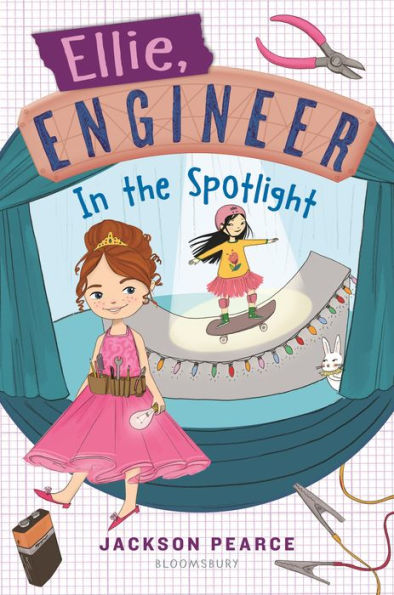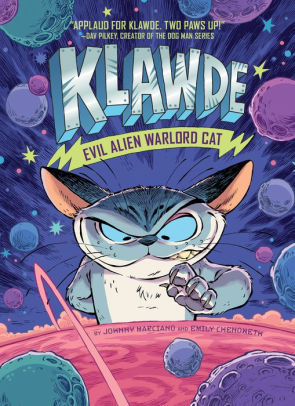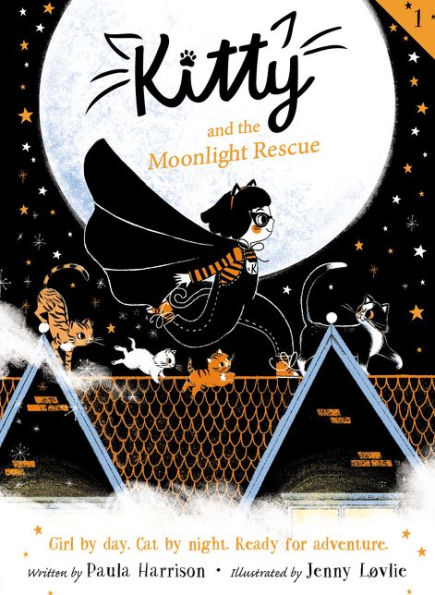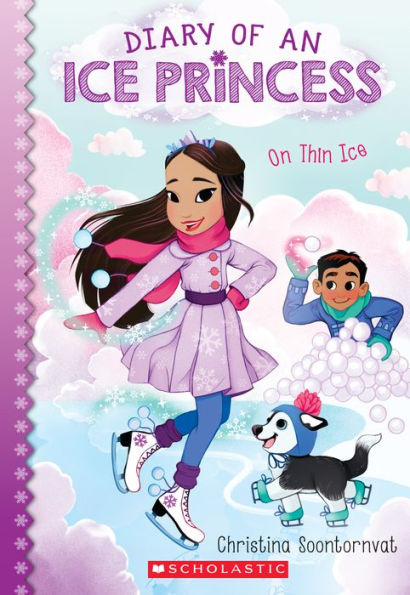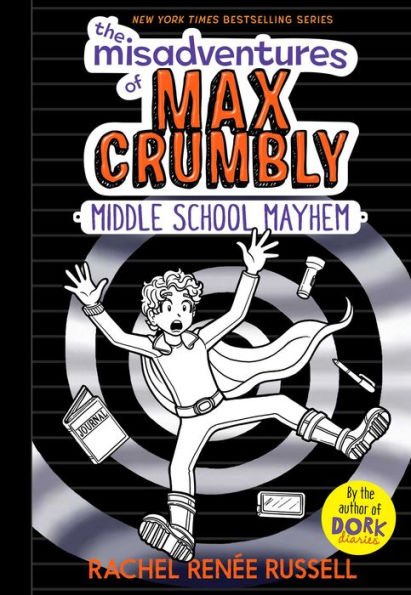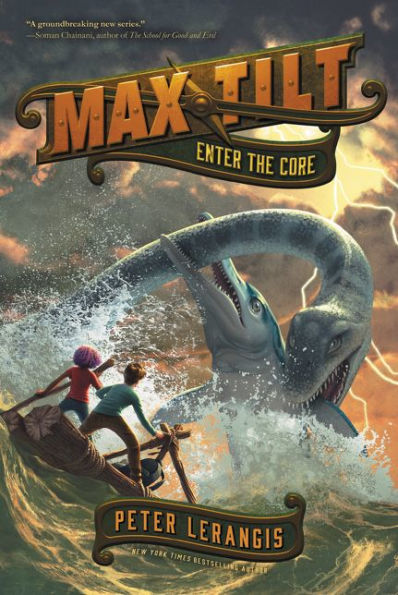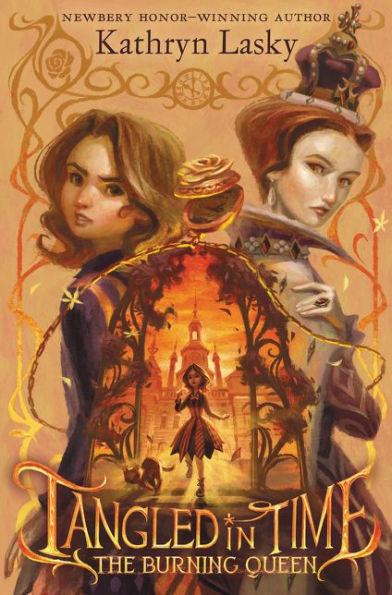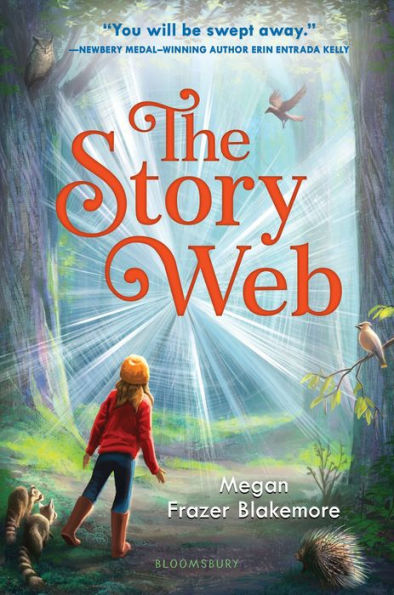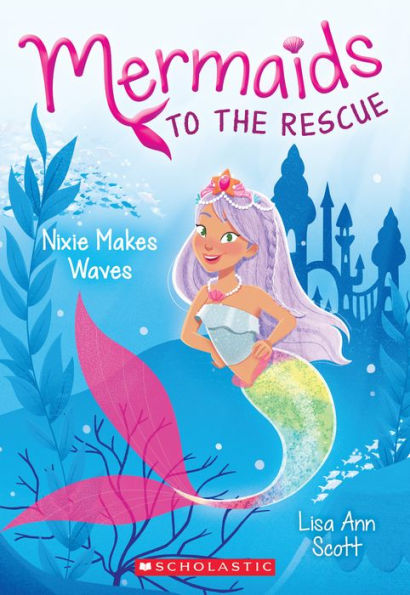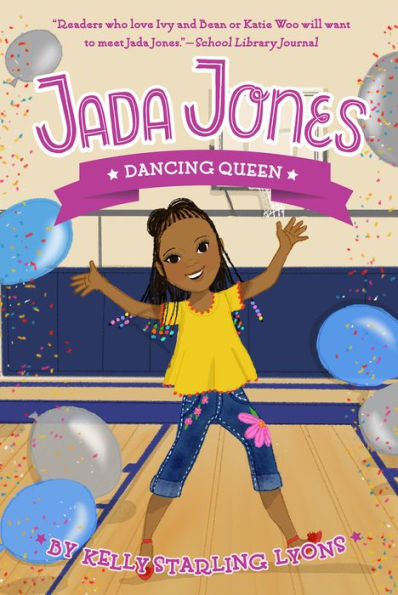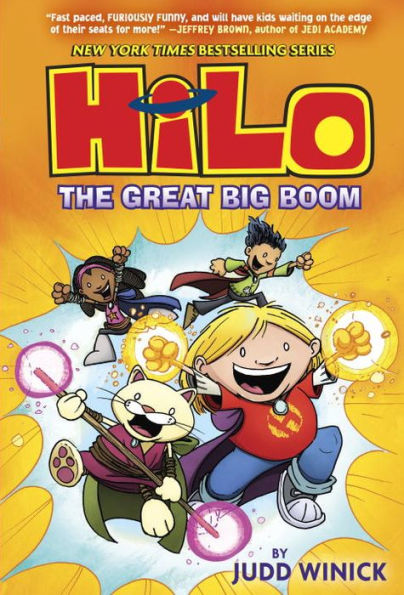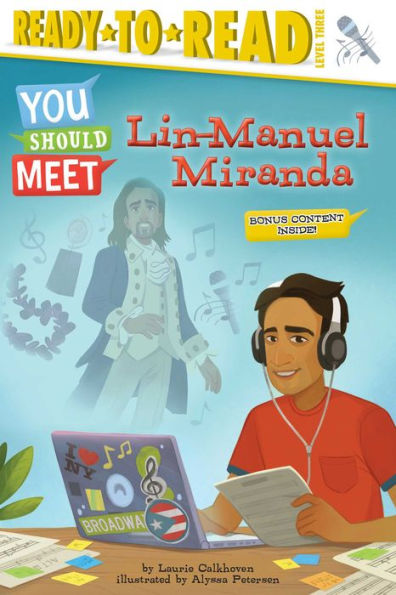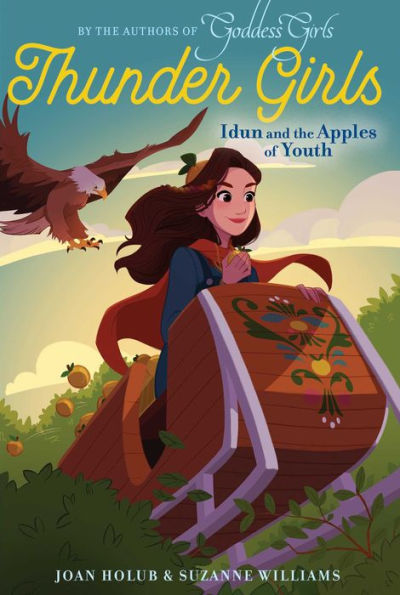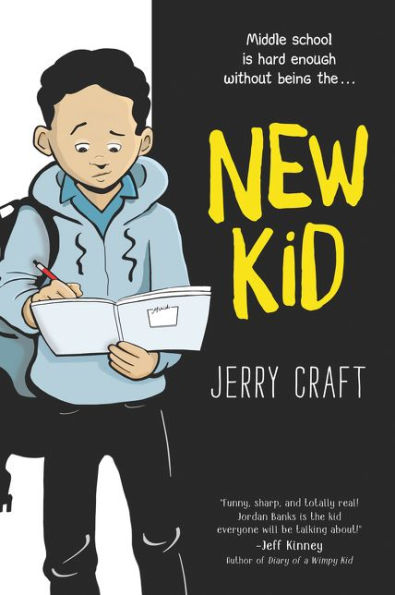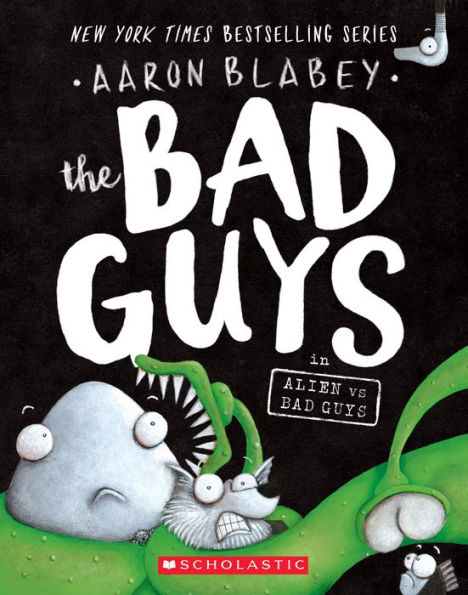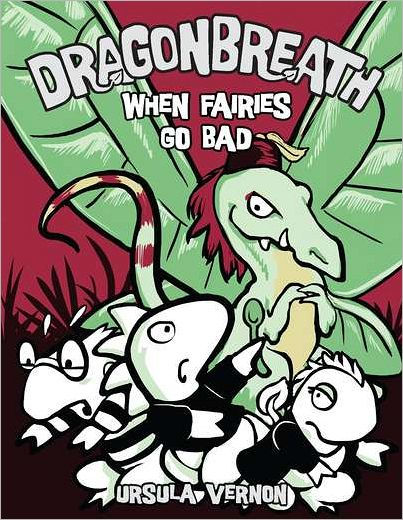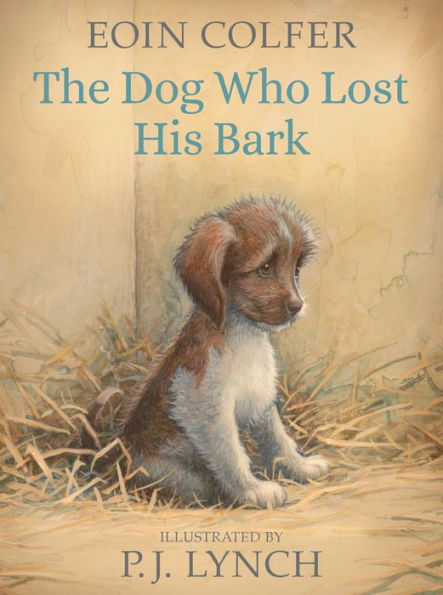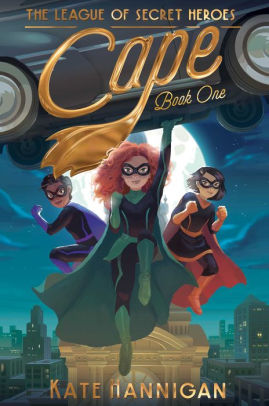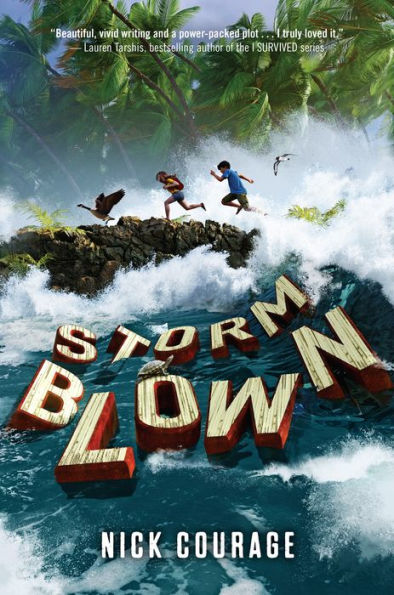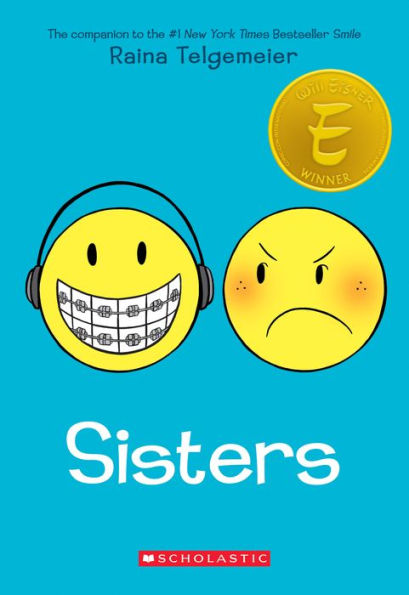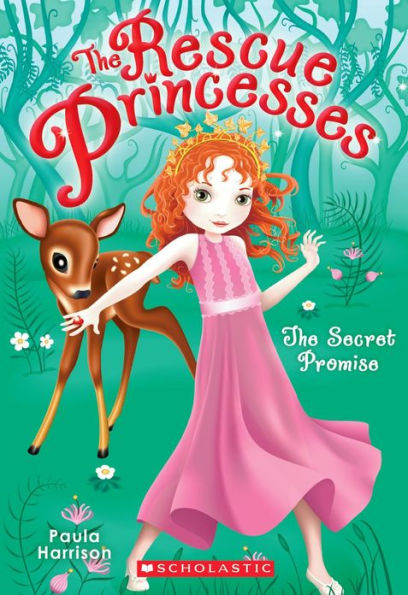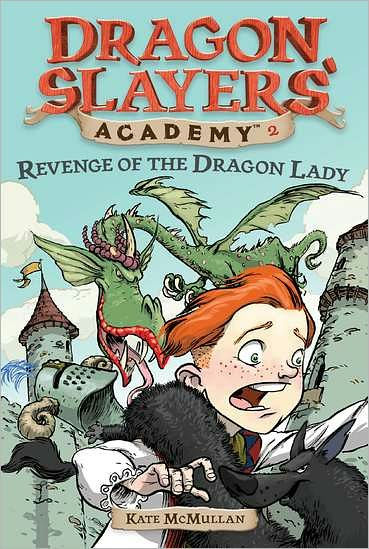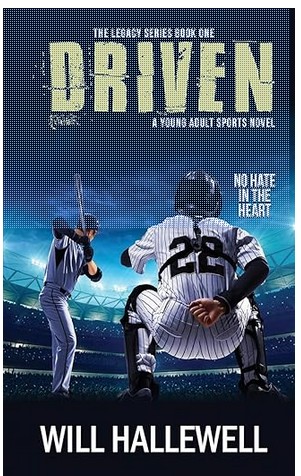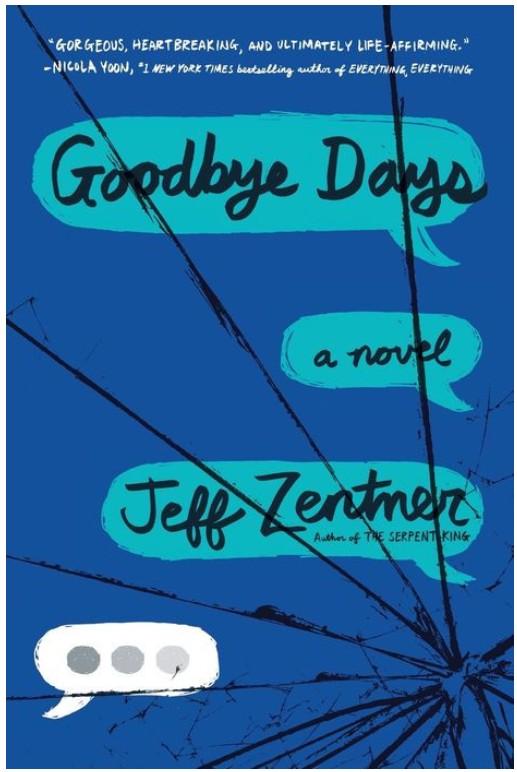Ellie’s best friend Kit loves to be in pageants. Kit wants to share the pageant experience with Ellie. Ellie is excited to spend time with Kit and meet new friends. Plus, Ellie has plenty of engineering ideas to help the other contestants with their acts, like building a light-up skateboard ramp for Kit.
One contestant, Kit’s not-so-nice pageant rival Melody, makes fun of Ellie’s tool belt and thinks engineering isn’t “ladylike.” Then Melody’s rabbit—part of her talent act—goes missing. Ellie knows she can build a contraption to catch him, but will Melody’s attitude make Ellie doubt that engineering has a place in the pageant?
In the Spotlight begins with several of Ellie’s engineering plans and sketches. Each sketch explains engineering ideas in a kid-friendly manner. The beginning of the story is slow, but once Ellie and Kit begin their pageant activity the pace picks up and has several positive life lessons. At first, Ellie is fearful that others will not appreciate her engineering talents, but her love of engineering and her knowledge of electricity and circuits refuses to be quelled. Through Ellie’s experiences, readers will learn to appreciate people’s different skills.
At first, mean girl Melody comes across as stereotypically selfish. However, as the story progresses her character becomes more well-rounded. Even though Melody is mean to Ellie and Kit, instead of being mean in return, both girls show Melody kindness. Kit believes that “sometimes it’s more important to be nice than to be right.” Because of the girls’ kindness, Melody realizes that her cruel behavior was wrong. Kit and Ellie also learn how forgiveness can be a path to friendship.
The story contains some fun illustrations of Ellie’s sketches; however, the story is text-heavy, which might make the story daunting for some readers. The story’s plot is easy to understand and vocabulary isn’t difficult, but the sentence structure is complex. Strong female characters, important life lessons, and positive adult interactions make the Ellie, Engineer a series worth reading. Ellie, Engineer would be an excellent choice for more advanced readers or to read aloud with a parent. Even though In the Spotlight is the third book in the series, the books do not need to be read in order.
Instead of being a stereotypical beauty pageant story, In the Spotlight is a cute story of friendship and accepting yourself. With realistic conflicts, engaging characters, In the Spotlight teaches life lessons along with electricity. Readers who enjoyed In the Spotlight should also try the Girls Who Code Series and Rosie Revere and The Raucous Riveters by Andrea Beaty.
Sexual Content
- None
Violence
- None
Drugs and Alcohol
- None
Language
- Melody calls someone a weirdo.
- One of the characters repeats their tee-ball coach who says, “Don’t get distracted! Stop scratching your butt!”
Supernatural
- None
Spiritual Content
- None
